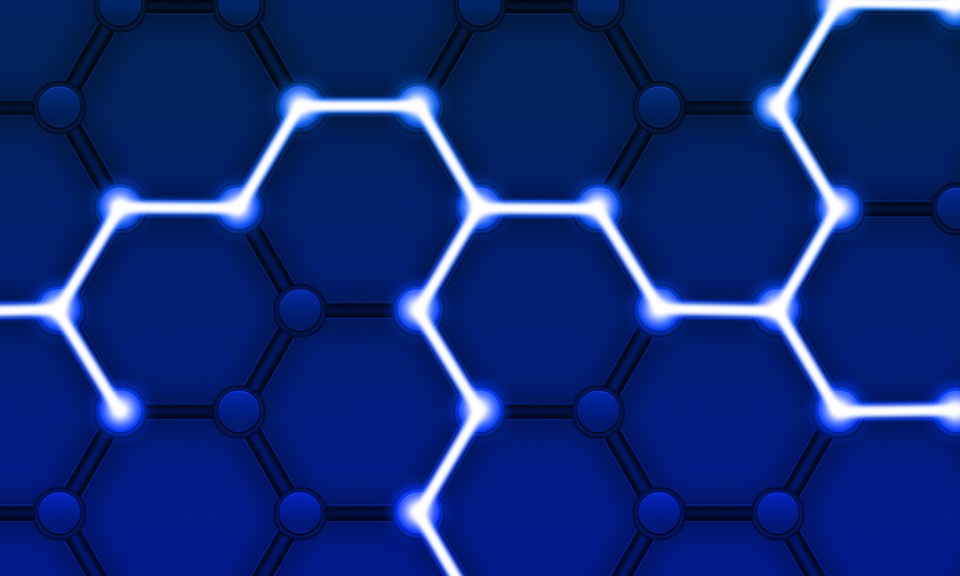The world of digital assets has taken a new turn with the advent of Non-Fungible Tokens (NFTs). NFTs are unique digital assets that can be bought, sold, and traded just like any other asset. However, what if you could own a digital asset that was also tangible? This is where the concept of “physical NFTs” comes into play.
What are Physical NFTs?
Physical NFTs are digital assets that have a physical counterpart. This means that the NFT can be represented in a tangible form, such as a painting, sculpture, or any other physical item. The physical item serves as a verification of the NFT’s authenticity and ownership.
How do Physical NFTs work?

To create a physical NFT, an artist or creator would first create a digital asset, such as an artwork, music, or video. They would then mint the digital asset as an NFT on a blockchain, such as Ethereum or Binance Smart Chain. The NFT would then be linked to a physical item, such as a certificate of authenticity or a physical representation of the digital asset.
The physical item would serve as a verification of the NFT’s authenticity and ownership. The NFT would be transferred to the buyer through the blockchain, while the physical item would be shipped to them. This would create a unique hybrid asset that combines the benefits of both digital and physical ownership.
Benefits of Physical NFTs
The primary benefit of physical NFTs is that they offer a tangible representation of a digital asset. This provides a greater sense of ownership and authenticity for buyers, as they can physically hold the asset in their hands. It also creates a new market for artists and creators who want to sell their digital assets but also want to retain a physical representation of their work.
Another benefit of physical NFTs is that they can be used for authentication purposes. The physical item serves as a verification of the NFT’s authenticity and ownership, making it more difficult for fraudsters to sell counterfeit NFTs.
Challenges of Physical NFTs
One of the challenges of physical NFTs is the verification process. The physical item must be linked to the NFT on the blockchain, and this process can be time-consuming and complicated. Additionally, the physical item must be shipped to the buyer, which can be expensive and risky.
Another challenge is the cost of producing the physical item. If the physical item is a high-quality piece, it can be expensive to produce, which could limit the market for physical NFTs.
The Future of Physical NFTs
Despite the challenges, physical NFTs have the potential to revolutionize the world of digital assets. They offer a unique way to combine the benefits of digital and physical ownership, creating a new market for artists and creators. As the technology behind NFTs continues to evolve, we can expect to see more innovative uses of physical NFTs.